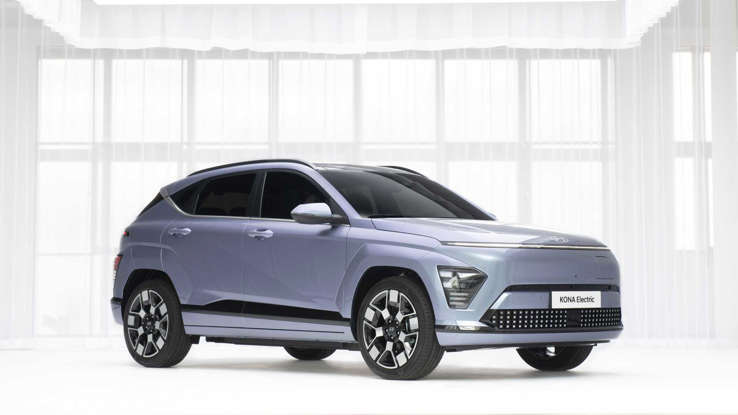
However, advancements made in autonomous driving will gradually eliminate traditional controls.
As with most automakers, Hyundai has jumped on the dual-screen bandwagon with tablet-like displays mounted on the dashboard. However, the South Korean brand is doing things differently since it hasn’t given up on conventional controls. While many rival brands are simplifying their interiors by integrating most functions into the center screen, a lot of the features inside a Hyundai are still accessible by simply pressing a button.
Shown here is Hyundai’s newest car, the 2024 Kona with its pair of 12.3-inch displays and plenty of conventional buttons along with a couple of knobs. Sang Yup Lee, Head of Hyundai Design, told the Australian magazine Cars Guide that the reasoning behind the decision to retain old-school controls is due to safety concerns: “When you’re driving it’s hard to control it [the touchscreen], this is why when it’s a hard key it’s easy to sense and feel it.”
He went on to mention Hyundai will retain hard buttons for as long as possible, but Lee admitted it’s only a matter of time before most functions will be built into the touchscreen. He was referring to vehicles equipped with a level 4 self-driving system, in which case the car won’t even need a steering wheel or pedals. As defined by the Society of Automotive Engineers, level 4 automation implies no human intervention is required. In this case, using a touchscreen wouldn’t be a safety risk since the car would be doing all the driving.
In the meantime, Hyundai is sticking with traditional controls. Even a car with a futuristic design such as the Ioniq 6 electric sedan still has shortcuts outside of the touchscreen for the air conditioning and other often-used functions. The day will come when everything will be moved inside the big screen but for now when we’re still driving our cars, Lee argues it’s “safest to have your eyes on the road and your hands on the wheel.”








